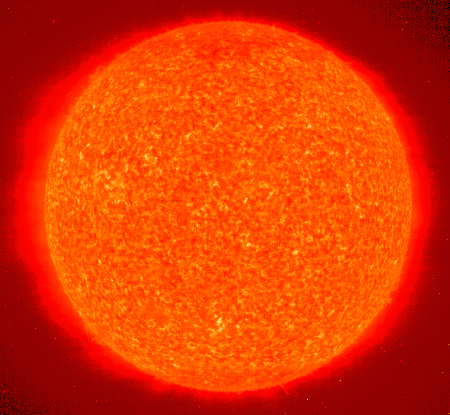SUMMARY
The Permian time was a system of rocks of the seventh and last period of the Paleozoic era, this time was characterized by the formation of the supercontinent Pangea, the rise of the conifers, the diversity of reptiles and in this time the Earth was covered by a giant ocean called Panthassa and ending with the largest known mass extinction in the history life.
PROJECT REFLECTION
1.What did you enjoy most about this project?
The part that i most enjoyed in this project was when i was making the video because its cool to see how we can create a video with pictures and make it our own style.
2.What was the most challenging about this project? Why?
the most challenging about this project was when i was looking for the information and pictures for my period because its hard to choose what information will be right to use and which information will be bad to use because i did not wanted to choose the wrong information but also it was a little hard because at the beginning i did not understand what was going on but i figure out how to do it.
3.What you change about this project and why?
I will like to take a quiz and do not have to explain my video because there is some many students who like to laugh of our mistakes and i don't feel comfortable doing that and i think that it will be good if we decide to take a quiz and see how much we have learned
4. What are three things that you have learned form this project?
The 3 things that i have learned from this project are that during the Permian time the continent of Pangea was formed, and that during the Permian time the most massive extinction have occurred and also that the Earth was covered by a big ocean called Panthalassa.




